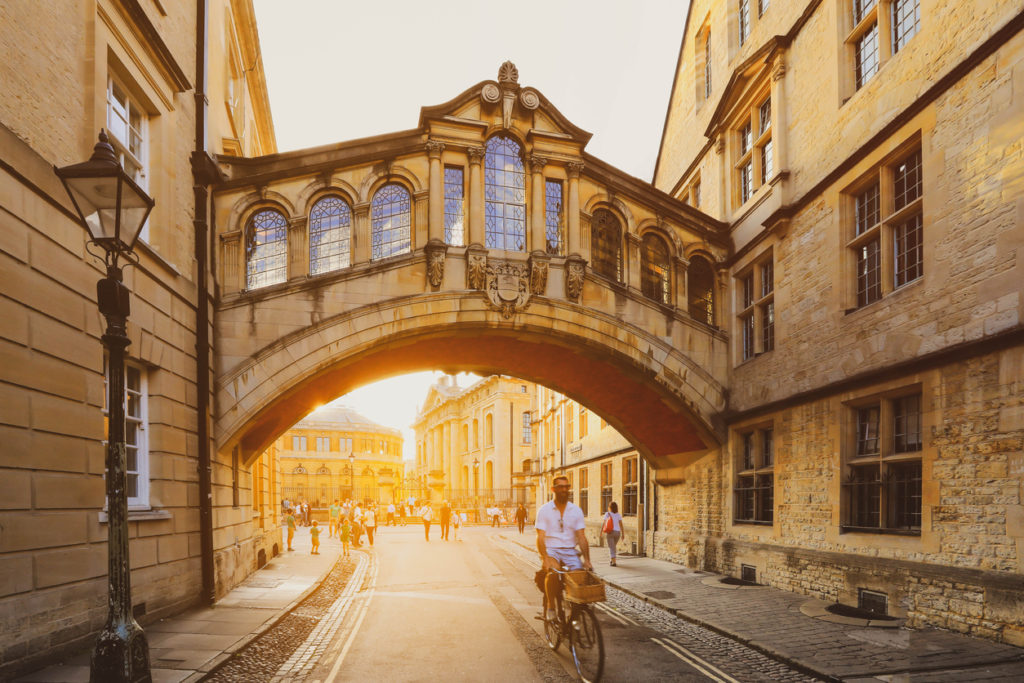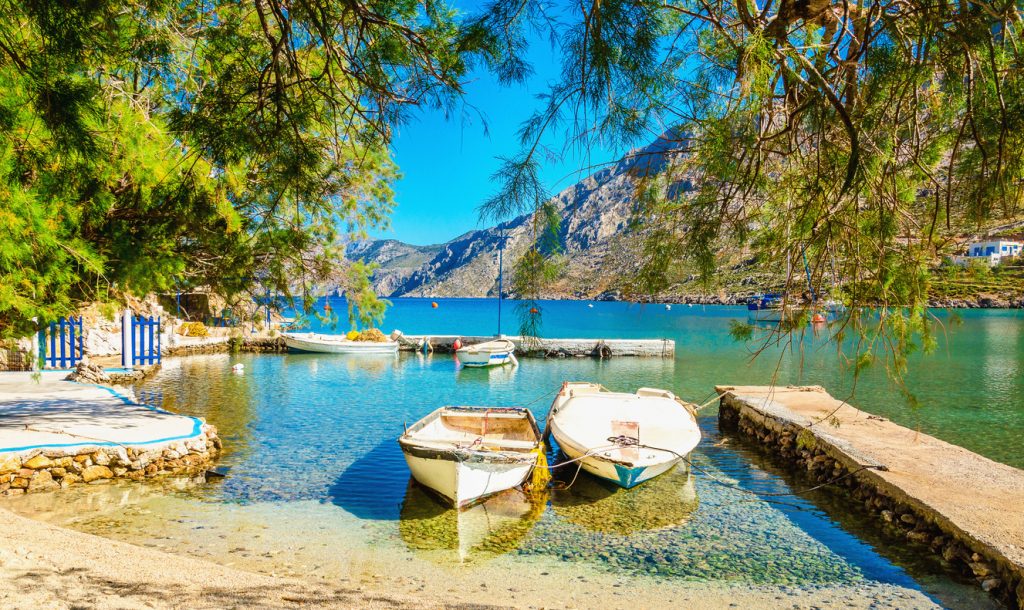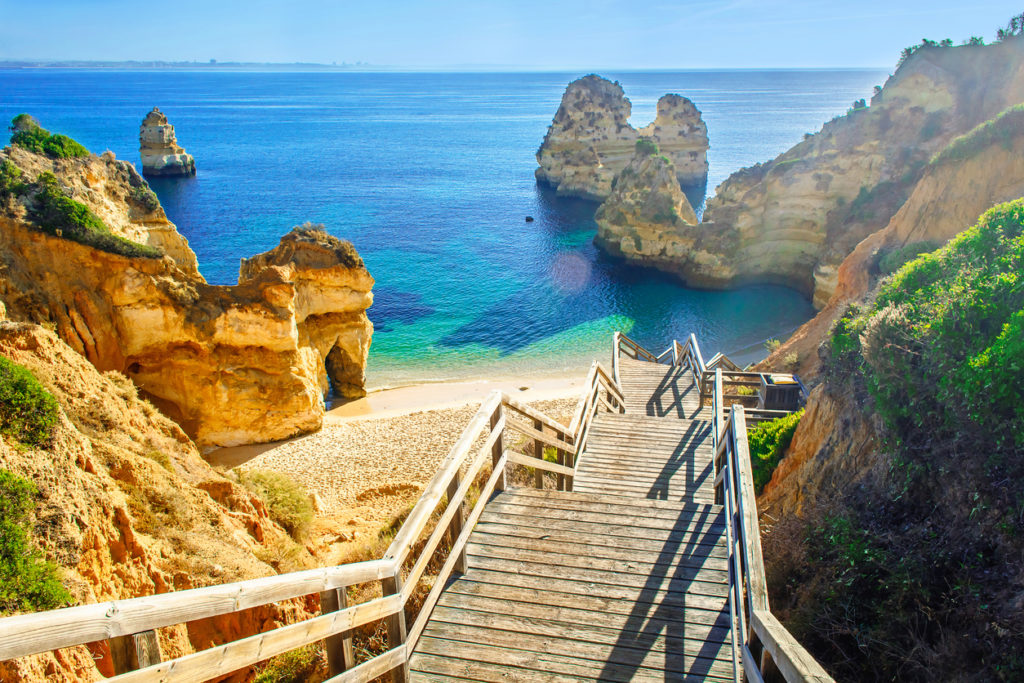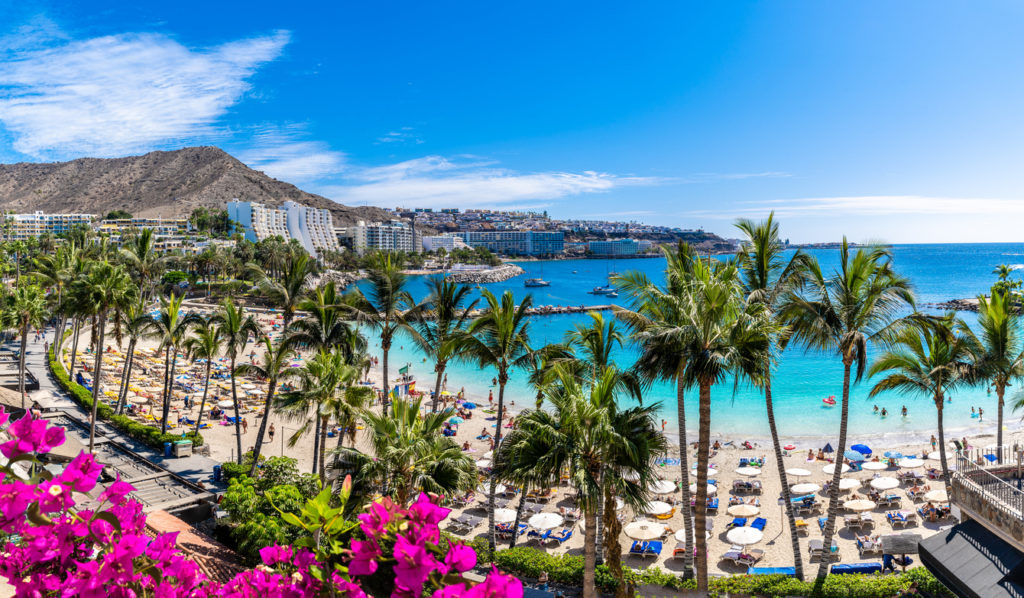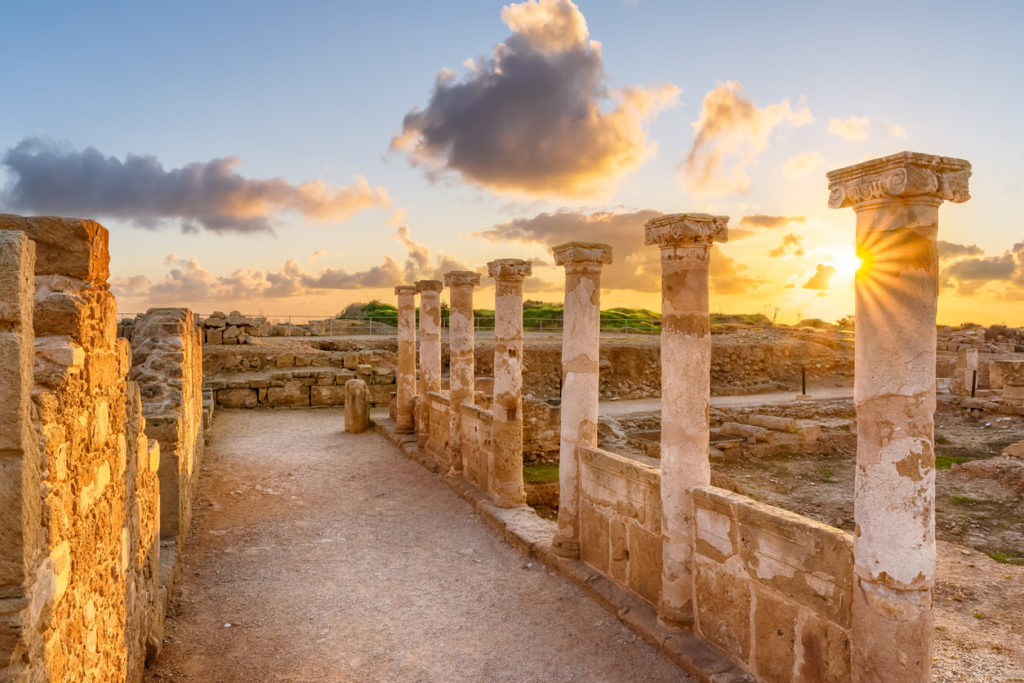
Cyprus, an island country located in the Eastern Mediterranean, is a treasure trove of cultural delights. Known for its breathtaking coastlines, this island is steeped in history and culture, influenced by various civilizations from the Greeks and Romans to the Byzantines and Ottomans. As a cultural traveler, Cyprus offers an eclectic mix of historical sites, vibrant festivals, and culinary experiences, making it an ideal destination for those seeking to immerse themselves in the richness of Mediterranean culture.
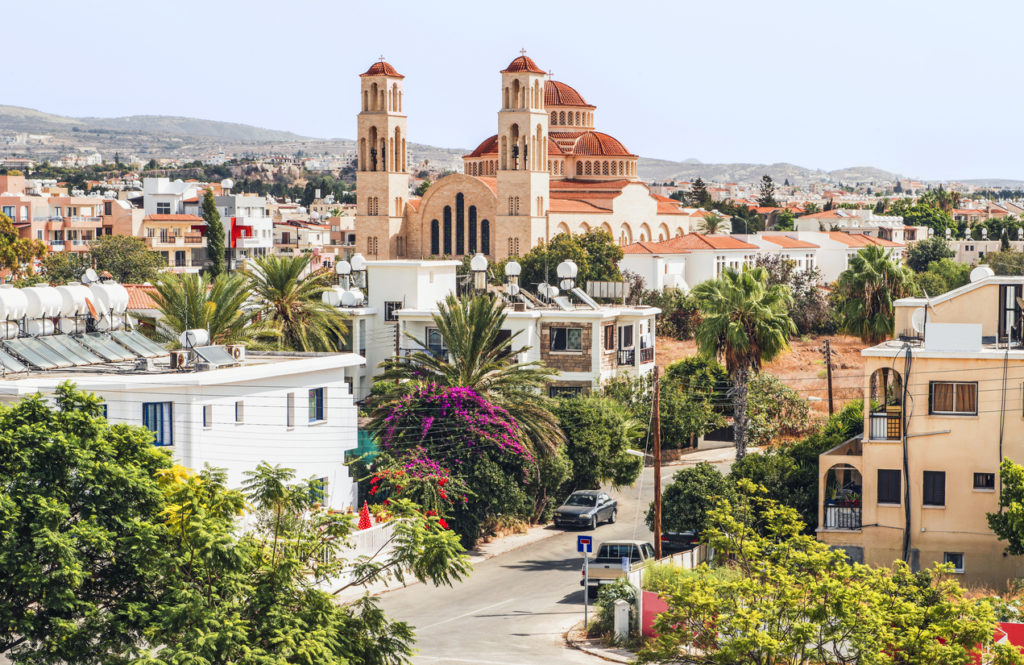
Paphos: A UNESCO World Heritage Site
Paphos, on the southwest coast of Cyprus, is a haven for history buffs. Designated a UNESCO World Heritage site, it is replete with archaeological marvels. The Paphos Archaeological Park is a standout attraction, showcasing some of the most intricate Roman mosaics in the Mediterranean. These mosaics, depicting scenes from Greek mythology, are remarkably well-preserved, offering a window into ancient artistry. Nearby, the Tombs of the Kings presents a grand necropolis, where high-ranking officials were laid to rest. This site exemplifies Hellenistic and Roman architectural influences and provides a serene environment for exploration.
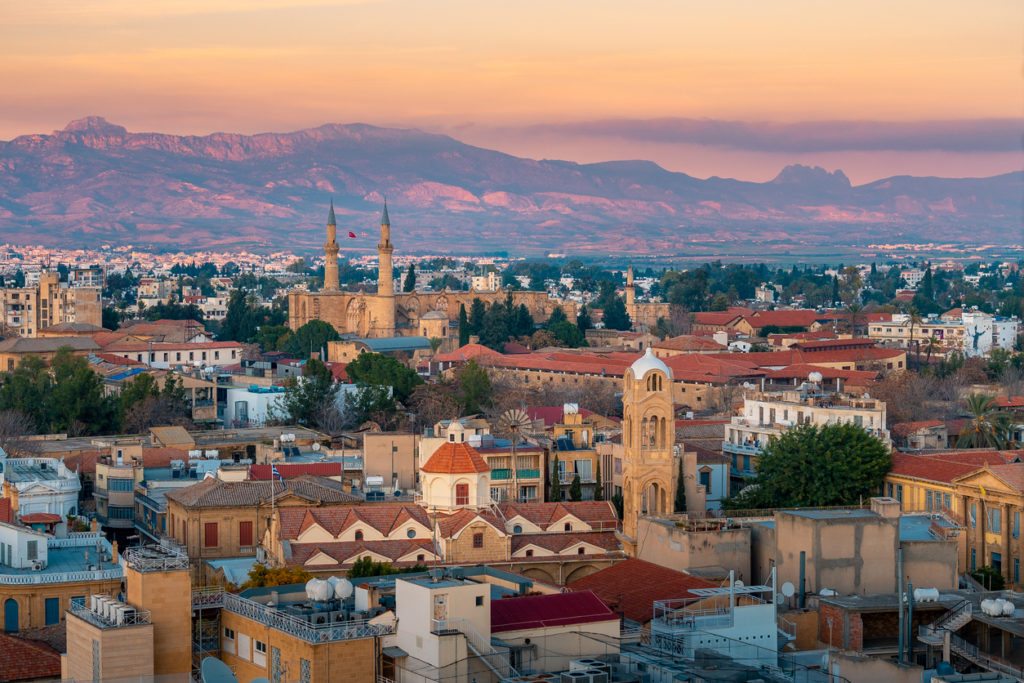
Nicosia: The Capital’s Rich History
Nicosia, the heart and capital of Cyprus, presents a unique blend of historical layers, visible in its architecture and urban design. The city is famously divided, with a Turkish north and a Greek Cypriot south, separated by the “Green Line”.
A visit to the Cyprus Museum in Nicosia allows travellers to delve into the island’s archaeological heritage, featuring artefacts from the Neolithic age to the Byzantine era. Strolling through the old town, one encounters charming alleys, traditional workshops, and bustling markets, offering a slice of everyday Cypriot life amidst historical settings.
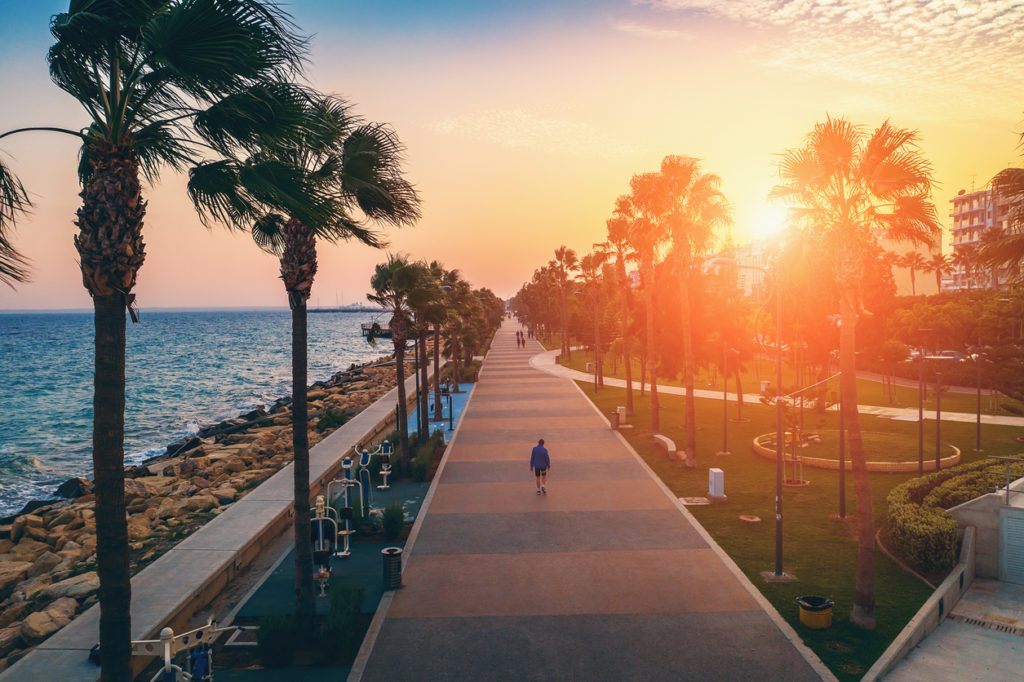
Limassol: A Blend of Old and New
Limassol, Cyprus’s second-largest urban area, is a city where history meets modernity. The Limassol Castle, located in the heart of the old town, dates back to the 13th century and is believed to be where Richard the Lionheart married Berengaria of Navarre, crowning her Queen of England. Now housing the Cyprus Medieval Museum, the castle’s collections span from the Byzantine to the Ottoman periods. Limassol’s old town, with its narrow streets, traditional tavernas, and contemporary art galleries, reflects the city’s ability to preserve its heritage while embracing the new, offering a lively cultural scene.
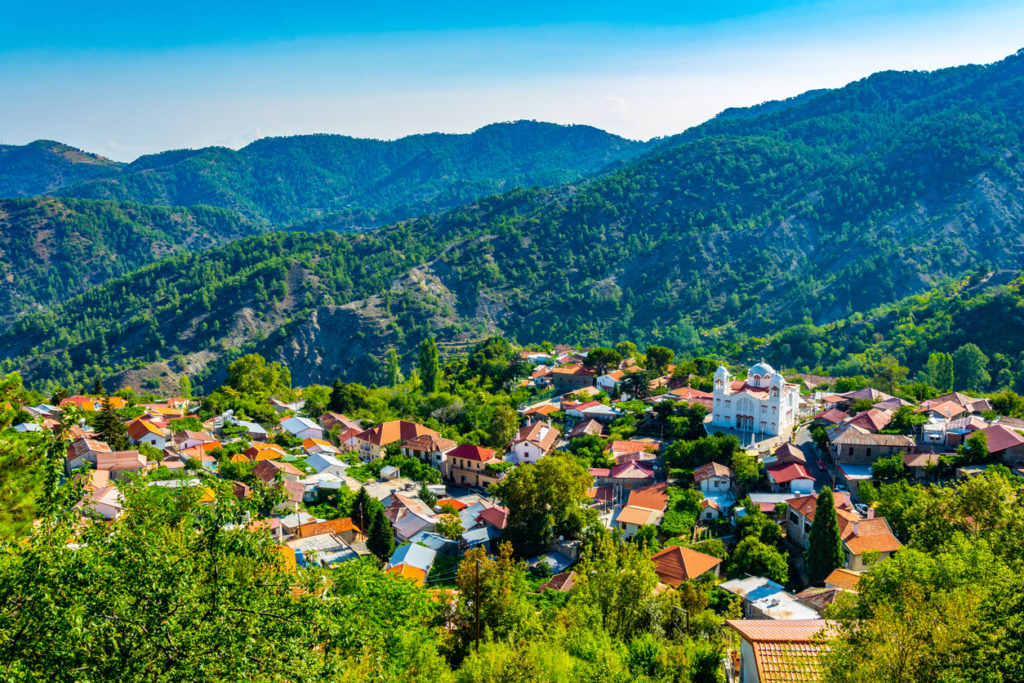
Troodos Mountains: Byzantine Art and Scenic Villages
The Troodos Mountains are not just a natural sanctuary but also a repository of Byzantine art. Scattered across this mountainous region are UNESCO-listed churches and monasteries, adorned with some of the finest Byzantine frescoes and icons in the world. These religious sites, dating from the 11th to the 17th centuries, showcase the evolution of Byzantine art in Cyprus. The region’s picturesque villages, such as Omodos and Kakopetria, are equally enchanting. Visitors can explore cobblestone streets, traditional stone houses, and local wineries, experiencing the rural charm and culinary traditions of Cyprus.
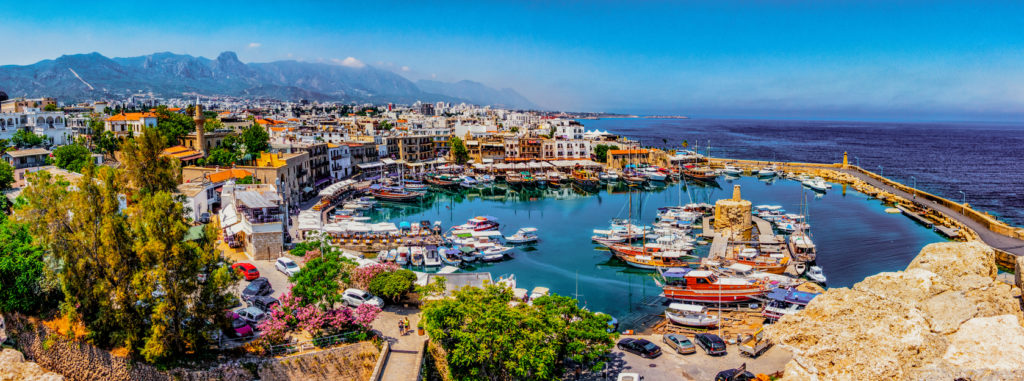
Kyrenia: The Jewel of Northern Cyprus
Kyrenia, in the Turkish-controlled Northern Cyprus, is a captivating coastal town. Dominated by the impressive Kyrenia Castle, the town’s history spans several millennia. The castle, originally built by the Byzantines and expanded by the Venetians, houses the Shipwreck Museum, featuring an ancient Greek merchant ship from the 4th century BC. The town’s picturesque harbour, lined with cafes and shops, is a perfect place to unwind and soak in the Mediterranean ambience. The surrounding region is dotted with olive groves and ancient ruins, offering ample opportunities for exploration.
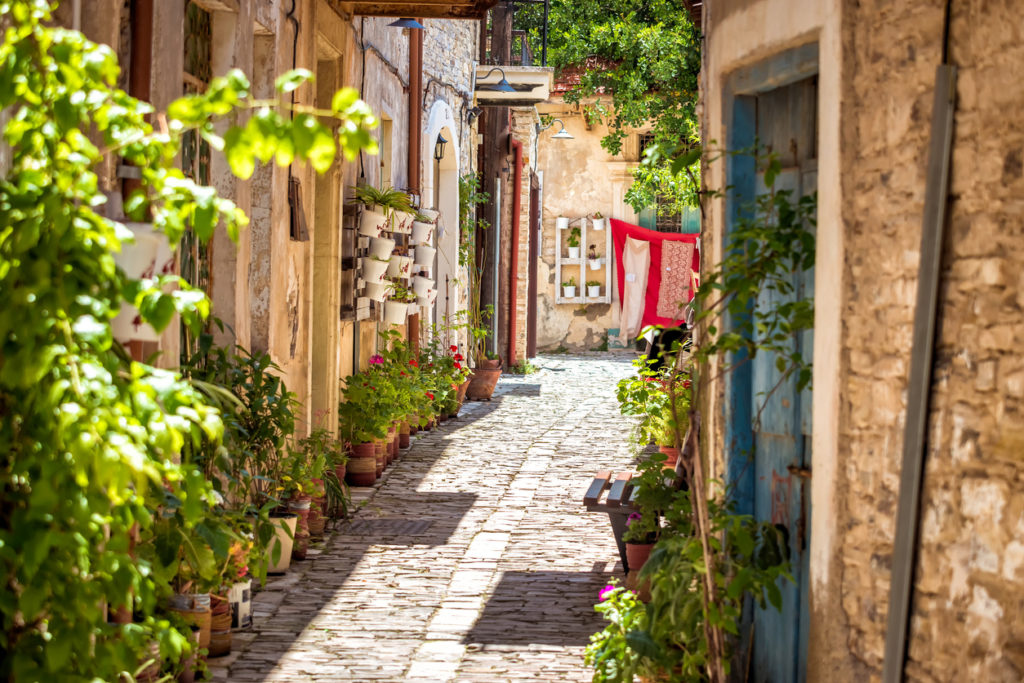
Larnaca: Ancient Kition and Modern Charms
Larnaca, on the southern coast of Cyprus, combines seaside beauty with historical depth. The city is built on the ancient kingdom of Kition, whose remnants, dating back to the 13th century BC, reveal insights into the island’s Phoenician past. The Church of Saint Lazarus, a stunning example of Byzantine architecture, stands as a testament to the city’s religious heritage. Larnaca’s palm-fringed seafront, known as the Finikoudes, is a hub of activity, with a promenade lined with cafes, shops, and bars, reflecting the lively spirit of contemporary Cyprus.
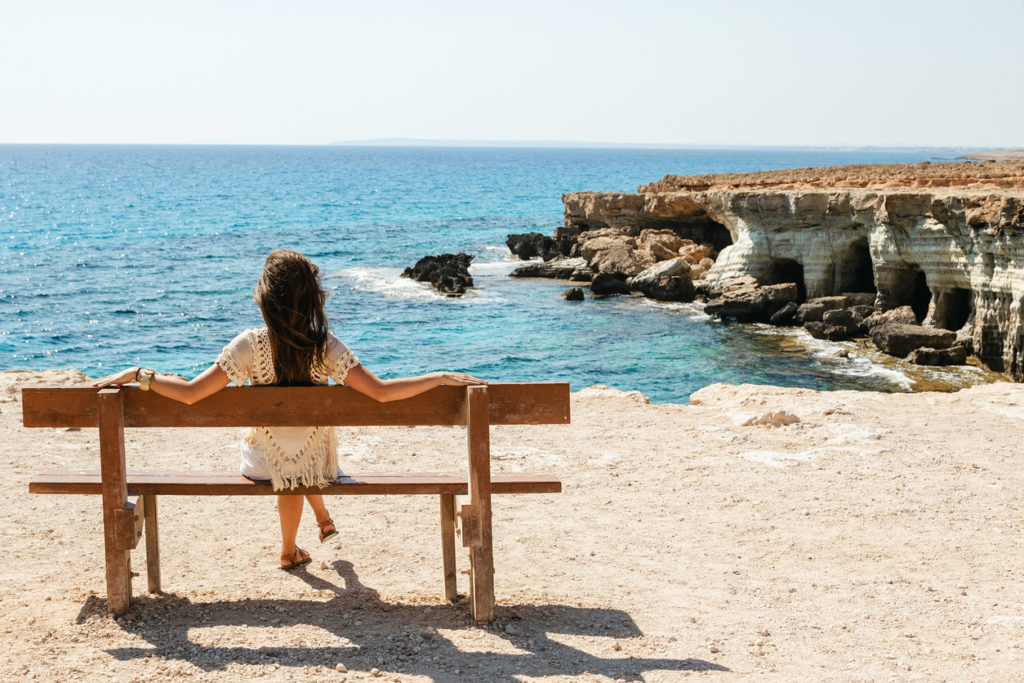
Cyprus is a cultural paradise, where every corner of the island tells a story of its diverse past and vibrant present. From ancient ruins to Byzantine art, and from mountain villages to modern cities, Cyprus offers a unique blend of experiences for the culturally curious traveler. Whether exploring the archaeological wonders of Paphos, wandering through the divided streets of Nicosia, or savouring


